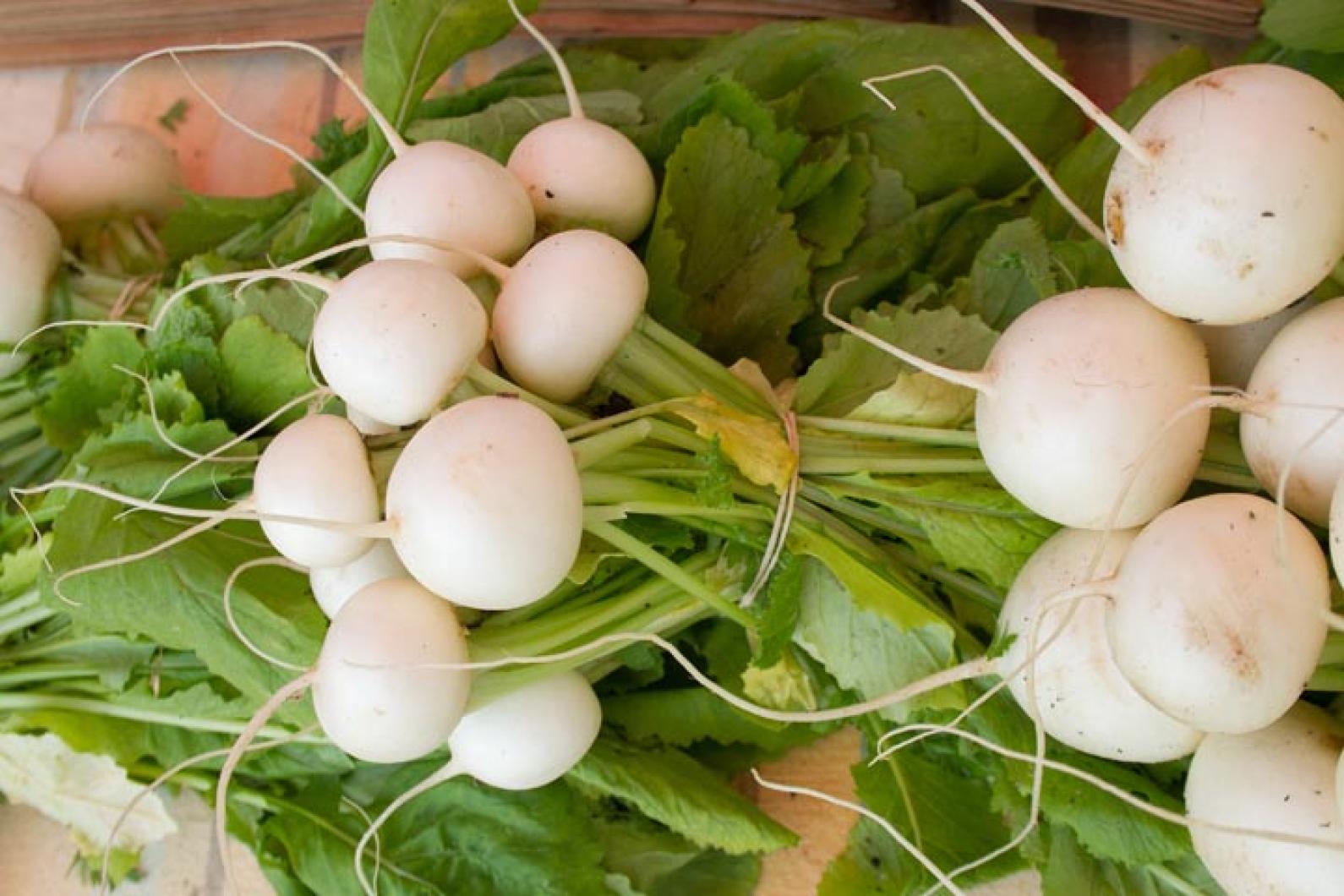July 25 is a special day to pay homage to a vegetable and to acknowledge the root of a political triumph.
Turnip Day is upon us.
Come hell or high water, if you are a farmer from Missouri, you will be planting your turnips on July 25. This is long-standing convention and good advice in order to assure a fall harvest of this root vegetable. These white wonders take only 30 to 60 days after they are planted to produce a hearty, ready-to-pick food.
President Harry Truman turned this tradition on its head to feed his political ambitions.
Mr. Truman, who grew up on a farm, explained Turnip Day during an interview with Merle Miller, author of Plain Speaking: An Oral Biography of Harry S. Truman.
Mr. Truman elucidated, “The twenty-sixth of July, wet or dry, always sow turnips. Along in September they’ll be four, five, maybe six inches in diameter, and they’re good to eat — raw. I don’t like them cooked.”
The conversation continued: “Turnip greens are pretty good,” said the interviewer.
“Well, yes,” answered the former president, “but the only way to get turnip greens is in the spring. You take out the turnips that you’ve kept in the cellar all winter and set them out in the garden, and they’ll come up. You grow them, and the greens that have come up when they’re both, oh, about four or five inches long and you mix them with dandelions and mustard, and they make the finest greens in the world. Spinach isn’t in it. [i.e., ‘can’t compare to it.’]
“That’s what the country people used to have in the spring. Turnip greens with dandelions and mustard and things of that kind.
“But you have to know which is which with plants like that. Plenty of those things are violent poison. You take pokeberries, pokeroots. When they’re so long, they’re good to go into greens, but you wait a little longer, and you might as well order your coffin. Because you’re done. They’re as poisonous as cyanide.”
“How do you find out when to pick them?” asked the interviewer.
“Your grandmother has to tell you.”
Mr. Truman’s folksy style was also used quite effectively for another Turnip Day event, this one giving him a political edge. With less than four months remaining ahead of the 1948 election, the president engineered a Turnip Day Session in an effort to save his candidacy.
Since his public approval rating was low and he didn’t seem to have a chance in the upcoming election, Mr. Truman called back both houses of Congress for a two-week session that would begin the day after Turnip Day. He challenged the Republican majority to pass certain legislative business that he favored, which had not been concluded before they left on vacation.
Republicans hemmed and hawed about the civil rights bills and national health care measures that Mr. Truman advocated. During the two-week session, there was enough obstinacy from the Republicans that Mr. Truman unexpectedly won public sympathy and the next election.
And with that political prowess, Mr. Truman did more than just win the vote. He put turnip planting day in the history books, and showed that experience and savvy are as important to politicians as to gardeners: it helps to know the powers, as well as the dangers, of the seeds that you sow both in the ground and in the mind.
Suzan Bellincampi is director of the Felix Neck Wildlife Sanctuary in Edgartown, and author of Martha’s Vineyard: A Field Guide to Island Nature.




Comments
Comment policy »